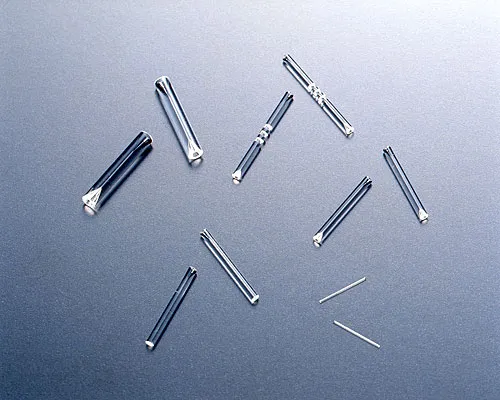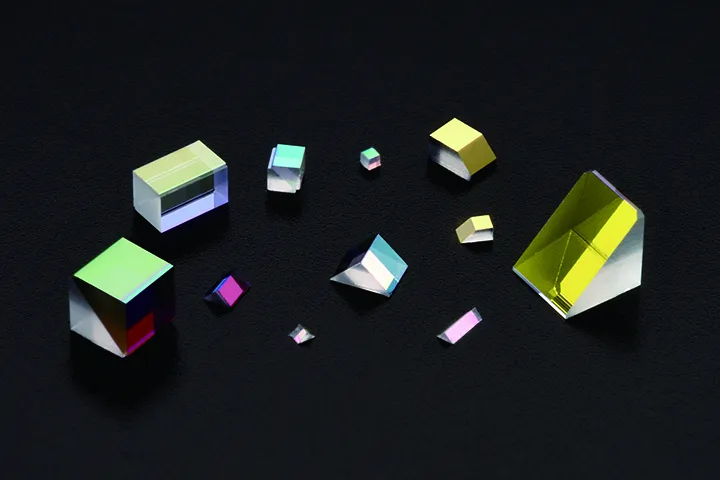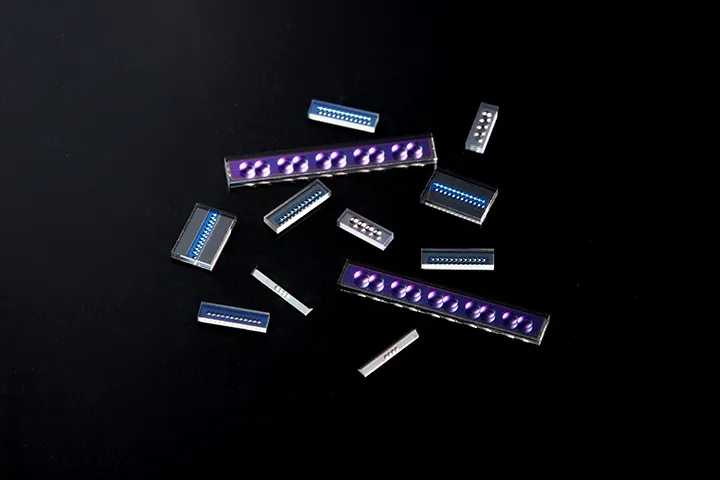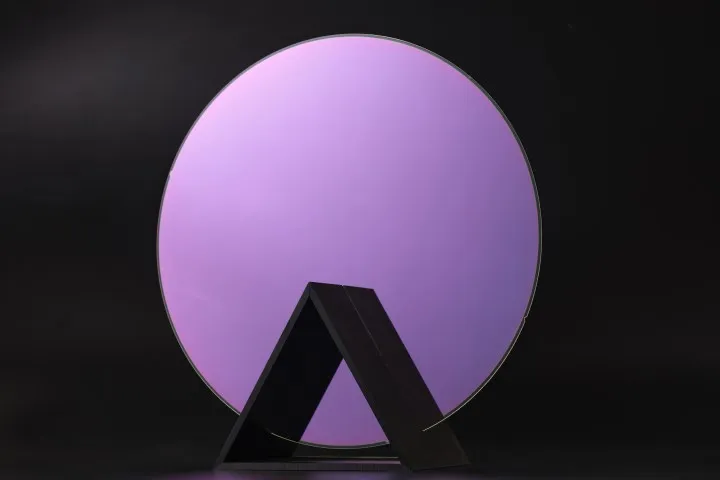Information and Communication

As next-generation network technologies, AI, and big data reshape the information and communication landscape, the applications for these advancements—from autonomous driving to smart cities and education—are expanding. Our special glass plays a critical role in supporting the faster, higher-capacity data communication needed to power this transformation.
Applications
Next Generation Wireless Communications (5G, 6G)

Our special glass supports high-speed data transfer, high-capacity processing, and low-latency communication, making it essential for wireless communication infrastructures for autonomous buses and platooning systems. With a dielectric constant and low dielectric loss tangent (tanδ) optimized for our proprietary lens design, our special glass minimizes communication loss by enabling precise control of radio wave direction and range. These innovations also enhance collision prevention systems and improve safety features, such as preventing children from being left behind.
Optical Communications

Glass plays a vital role in optical communications through components like micro prisms—which control light reflection angles and contribute to miniaturization—and microcapillaries optimized for fiber connections. As cloud technology accelerates data traffic and inter-satellite communication advances, our glass innovations continue to support the growing demands of the information and communication industry.

Variously Shaped Micro Capillaries
Micro Capillaries with high chemical durability, stable temperature properties, excellent polishing properties, and high UV transmittance, ideal for use with UV-curable adhesives. Available in a variety of shapes including rectangular/keyhole, two-hole, and square-hole configurations.
Ball Lens with AR Coating
An anti-reflection coating is applied to the entire surface of a high-precision ball lens made from precision-machined optical glass. This ensures that all surfaces are evenly coated, making alignment easier.
Micro Capillary™
Micro Capillary™ is used as optic connector, fiber optic splice, and support for fiber optic connections in optical devices. Its polishing property is similar to that of silica optical glass fiber, making it easy to achieve the high-quality polished surface required for connecting to a PC. It is ideal for components in optical systems with stringent return loss requirements, such as high-speed analog communication devices in CATV systems. Micro Capillary can be fixed to optical fibers, lenses, and holders using UV-curable adhesives. It is also available in additional types, such as the “sheath-retaining type,” which can be inserted up to the sheath of the optical fiber, and the “precision glass tube type,” which can be used as an external mantle.
Micro Prism
Micro prisms are precision-machined optical glass prisms designed for use in optical communications and equipment. Various coatings, such as AR coatings and bandpass filters, can be applied to the surface. Additionally, they can be used as beamsplitters by bonding prisms.
Micro Lens
Micro lens is an aspherical lens made with our original high-refractive-index optical glass and high-precision micro mold pressing technology. We can make proposals from the optical design stage, contributing to the miniaturization and high-density mounting of optical modules.LCOS-based Wavelength Selective Switch (WSS)

The rise of smartphones, personal computers, and AI drives the need for advanced optical communication networks that support transferring high volumes of data across vast distances. These networks rely on technologies like ROADM (Reconfigurable Optical Add/Drop Multiplexers), which are made up of devices such as wavelength selective switches (WSS). WSS use LCOS (Liquid Crystal on Silicon) technology to precisely control the direction of data flow.
Our transparent conductive coating with a refractive index adjustment layer (IMITO) offers high transmittance, low defectivity, and excellent adhesion strength. These features make it ideal for LCOS transparent electrodes, enabling high-speed, high-capacity, and long-term reliability in optical communication networks.
